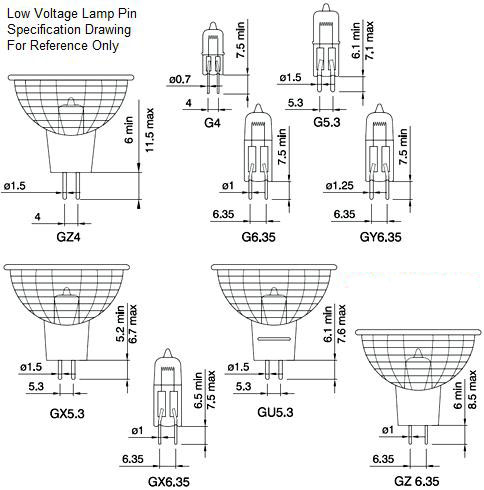When you’re picking light bulbs, especially for certain light fixtures like track lighting or if you want to be energy-efficient, you might wonder if you should get GU10 bulbs or GU24 bulbs. A lot of people have trouble understanding the difference between these two bulbs and that can lead to problems with your lights.
GU10 and GU24 bulbs are different because of the base type and what you use them for. GU10 bulbs have a two-pin base with 10mm between the pins. You see these used in track lighting and recessed lighting. GU24 bulbs have a twist-and-lock base with 24mm between the pins. You see these used in energy-efficient fixtures.
Understanding the differences between GU10 and GU24 bulbs is important so you get the right one for your socket and your lighting needs.
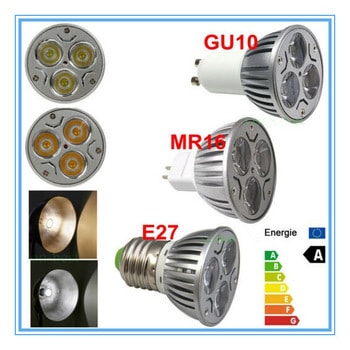
Overview of GU10 Bulbs
GU10 bulbs are well-known for their distinctive bi-pin base, where the “GU” indicates the type of pin system and “10” represents the 10 mm distance between the pins. These bulbs are designed for twist-and-lock installations, making them easy to secure in place within their fixtures. Their compact, directional light makes them ideal for various focused lighting setups.
Base Type
The base of the GU10 bulb features two small pins, spaced 10 mm apart. The pins are inserted into the light socket and twisted to lock the bulb in place, providing a secure and stable connection. This twist-and-lock mechanism ensures that the bulb remains firmly in place, even in fixtures that are frequently moved or adjusted, such as track lighting.
Applications
GU10 bulbs are most commonly used in residential and commercial track lighting, recessed downlights, and spotlights. Because of their directional light output, GU10 bulbs are perfect for areas where focused, task-oriented lighting is needed. For example, these bulbs are often used to highlight artwork, accentuate specific areas of a room, or provide task lighting in kitchens or workspaces.
Whether installed in adjustable track lighting fixtures or embedded in ceilings as recessed lights, GU10 bulbs are a popular choice for anyone seeking crisp, directional illumination. They are particularly favored in modern and minimalist lighting designs that emphasize clean lines and focused lighting sources.
Bulb Types
GU10 bulbs are available in both halogen and LED formats. In the past, halogen GU10 bulbs were the most common, offering bright and sharp light. However, halogen bulbs are less energy-efficient and produce more heat compared to modern LED bulbs.
Today, LED GU10 bulbs have largely replaced halogen versions due to their superior energy efficiency, long lifespan, and lower heat output. An LED GU10 bulb uses significantly less power while delivering the same, if not better, brightness than its halogen counterpart. This makes LED GU10 bulbs a much more eco-friendly and cost-effective option for both home and commercial use.
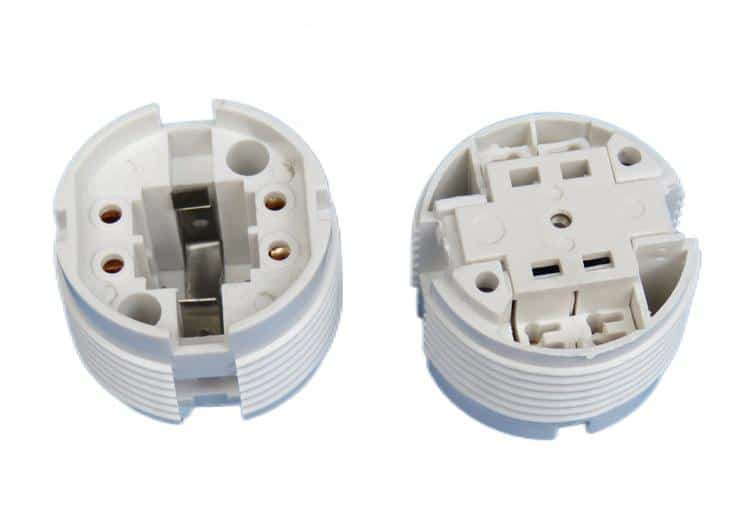
Overview of GU24 Bulbs
GU24 bulbs are distinguished by their larger, twist-and-lock base, where the “24” refers to the 24 mm spacing between the pins. Unlike the smaller, more specialized GU10 bulbs, GU24 bulbs are designed with energy efficiency in mind, making them a standard in many eco-friendly lighting setups.
Base Type
The GU24 bulb’s base features two pins that lock into place with a simple twist, similar to the GU10, but with a larger 24 mm gap between the pins. This base design is intended to promote energy-efficient lighting and to prevent traditional incandescent bulbs from being used in certain fixtures. By using a GU24 base, manufacturers ensure that only energy-efficient bulbs, like CFL or LED bulbs, can be installed.
Applications
GU24 bulbs are most often used in fixtures designed to meet energy efficiency standards, such as ceiling lights, wall sconces, and general-purpose residential lighting. They are especially common in government or environmentally conscious building projects where energy-saving lighting is mandated.
The primary goal of the GU24 design is to encourage the use of energy-efficient light bulbs, which is why you’ll often find these bulbs in newer homes, offices, and commercial buildings that prioritize reducing energy consumption. The GU24 system also makes it easy for users to switch between compact fluorescent (CFL) and LED bulbs without needing to change the fixture.
Bulb Types
Like GU10 bulbs, GU24 bulbs are available in both CFL and LED formats. Compact fluorescent bulbs (CFL) were widely used in energy-efficient lighting before LEDs became the dominant option. However, as with GU10 bulbs, LED GU24 bulbs are now the preferred choice due to their longer lifespan, lower energy consumption, and better overall performance.
LED GU24 bulbs offer high energy efficiency, often using up to 75% less energy than incandescent bulbs while providing the same level of brightness. Additionally, they have a much longer lifespan, sometimes lasting up to 25,000 hours or more, making them a low-maintenance and cost-effective solution for lighting.
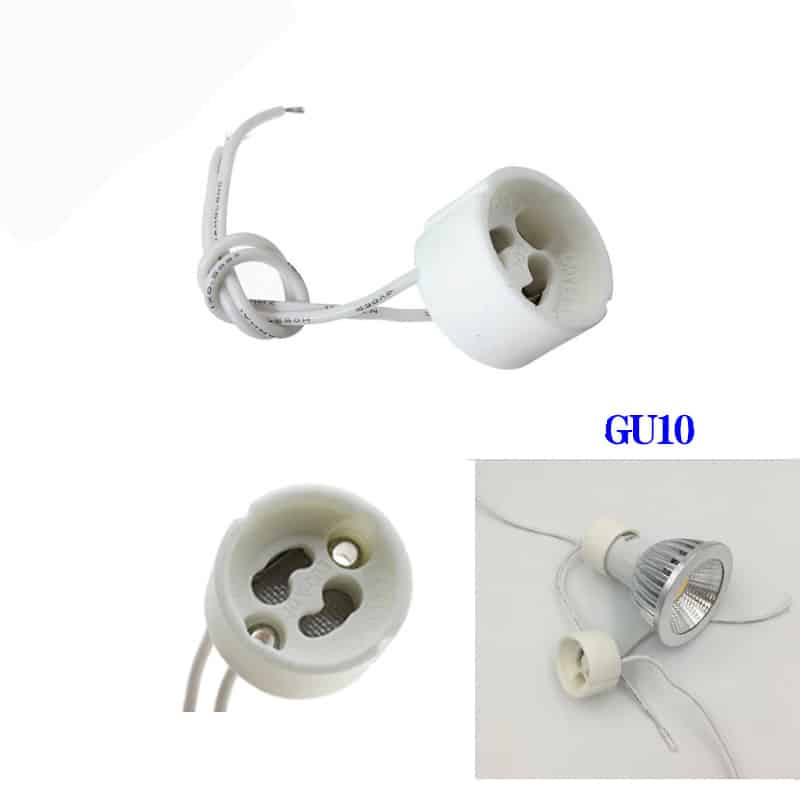
Key Differences Between GU10 and GU24 Bulbs
While both GU10 and GU24 bulbs use a twist-and-lock mechanism for installation, there are significant differences between them in terms of base design, application, and energy efficiency. Let’s explore the key differences in detail:
Base Design
- GU10: Features a smaller bi-pin base with a 10 mm gap between the pins. This design is commonly used in directional lighting, such as track or recessed lights.
- GU24: Uses a larger twist-and-lock base with 24 mm pin spacing. The GU24 base was specifically developed to encourage the use of energy-efficient lighting, such as CFL or LED bulbs.
These base differences mean that GU10 and GU24 bulbs are not interchangeable. You must use the correct bulb for the corresponding socket.
Primary Applications
- GU10: Often used in directional lighting applications like spotlights, recessed downlights, and track lighting. Its focused light output makes it ideal for areas where specific illumination is required.
- GU24: Commonly used in energy-efficient general lighting fixtures, such as ceiling lights or wall sconces. GU24 bulbs are designed to comply with energy-saving standards, making them a go-to choice for eco-friendly homes and buildings.
Energy Efficiency
- GU10: Available in both halogen and LED formats. While halogen bulbs are less efficient, LED GU10 bulbs provide excellent energy efficiency, using significantly less power while offering similar brightness levels.
- GU24: Primarily used with energy-efficient CFL and LED bulbs. The GU24 base is designed to ensure that only energy-efficient bulbs are used, making it a popular choice in settings where energy conservation is a priority.
Regulatory Compliance
GU24 sockets were specifically developed to meet energy efficiency regulations. In certain regions, lighting fixtures equipped with GU24 sockets are required by law in new buildings as part of energy conservation efforts. In contrast, GU10 sockets and bulbs are more versatile and are used in a broader range of applications, from residential to commercial lighting.
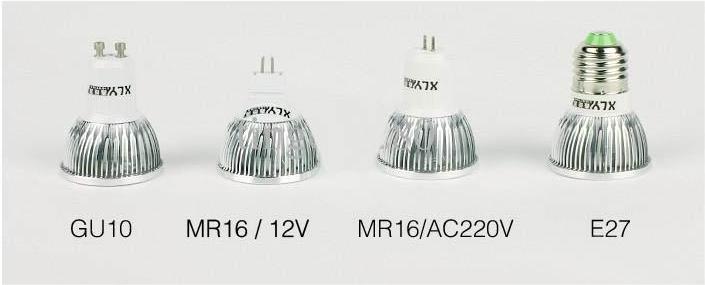
When to Choose GU10 Over GU24 (and Vice Versa)
Choosing GU10
If you need focused, directional lighting, GU10 bulbs are the ideal choice. These bulbs are perfect for spotlights, track lighting, and recessed lighting fixtures. You’ll often find them in areas where task lighting or accent lighting is required, such as in kitchens, galleries, or living rooms where specific areas or objects need to be illuminated.
LED GU10 bulbs are also an excellent choice for those looking to reduce energy consumption while maintaining bright, clear light. For example, in a home office or workspace, a GU10 LED bulb can provide the necessary brightness without driving up energy costs.
Choosing GU24
If energy efficiency is your top priority, GU24 bulbs are the better option. These bulbs are ideal for fixtures where general lighting is needed, such as ceiling lights, chandeliers, and wall sconces. If you are updating the lighting in your home to be more energy-efficient or if you are working on a project that requires energy-saving fixtures, GU24 bulbs will meet your needs.
LED GU24 bulbs, in particular, offer a great balance between energy savings and bright, long-lasting light. In spaces where fixtures are left on for extended periods, such as hallways, common areas, or offices, GU24 LED bulbs can significantly reduce energy consumption and maintenance costs.
Final Words
The big differences between GU10 and GU24 bulbs are the lamp base and where you use them. GU10 bulbs have a two-pin base with 10mm between the pins. You use these in track lighting and recessed lighting. GU24 bulbs have a twist-and-lock base with 24mm between the pins. You use these in energy-efficient fixtures.

